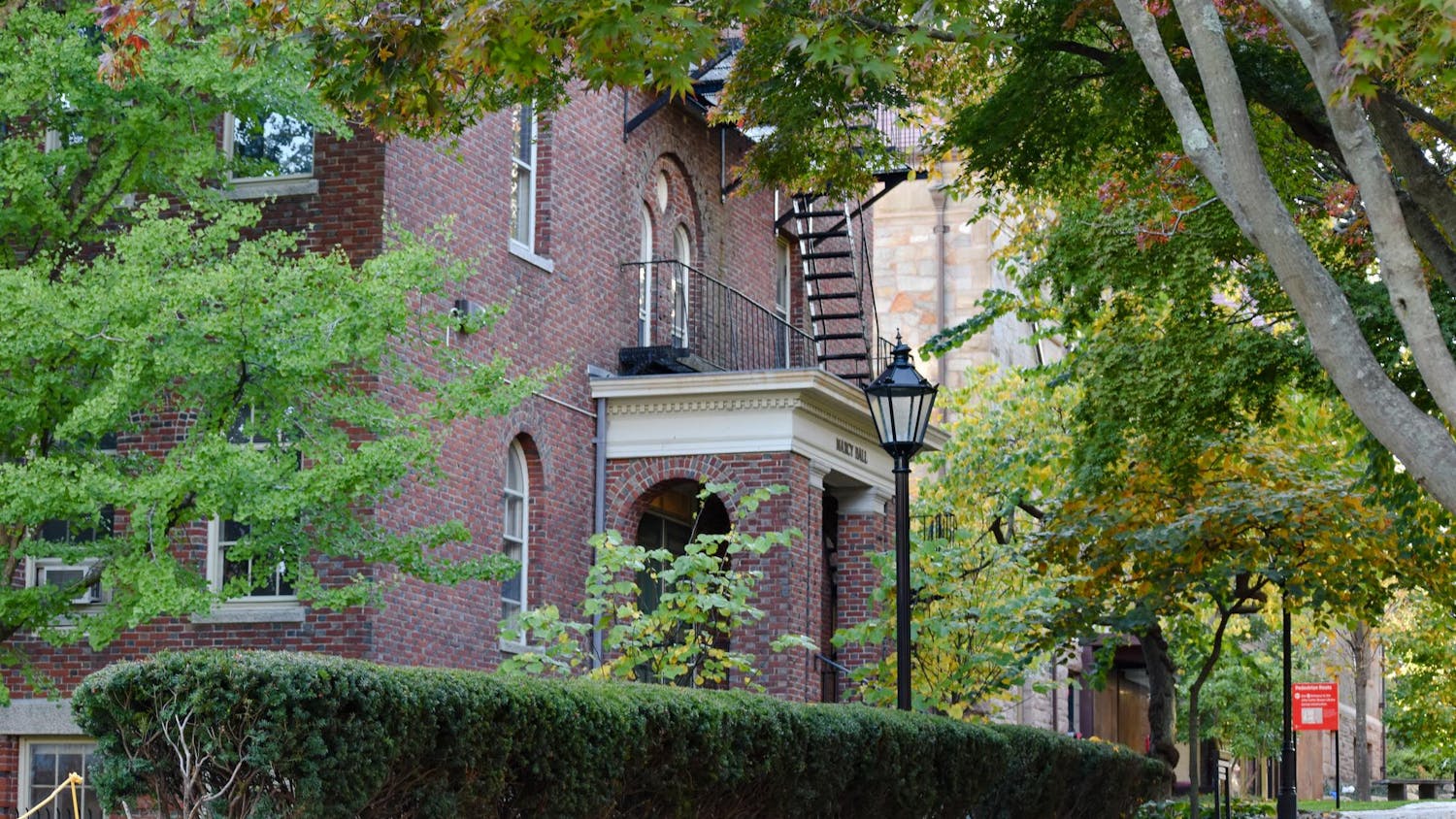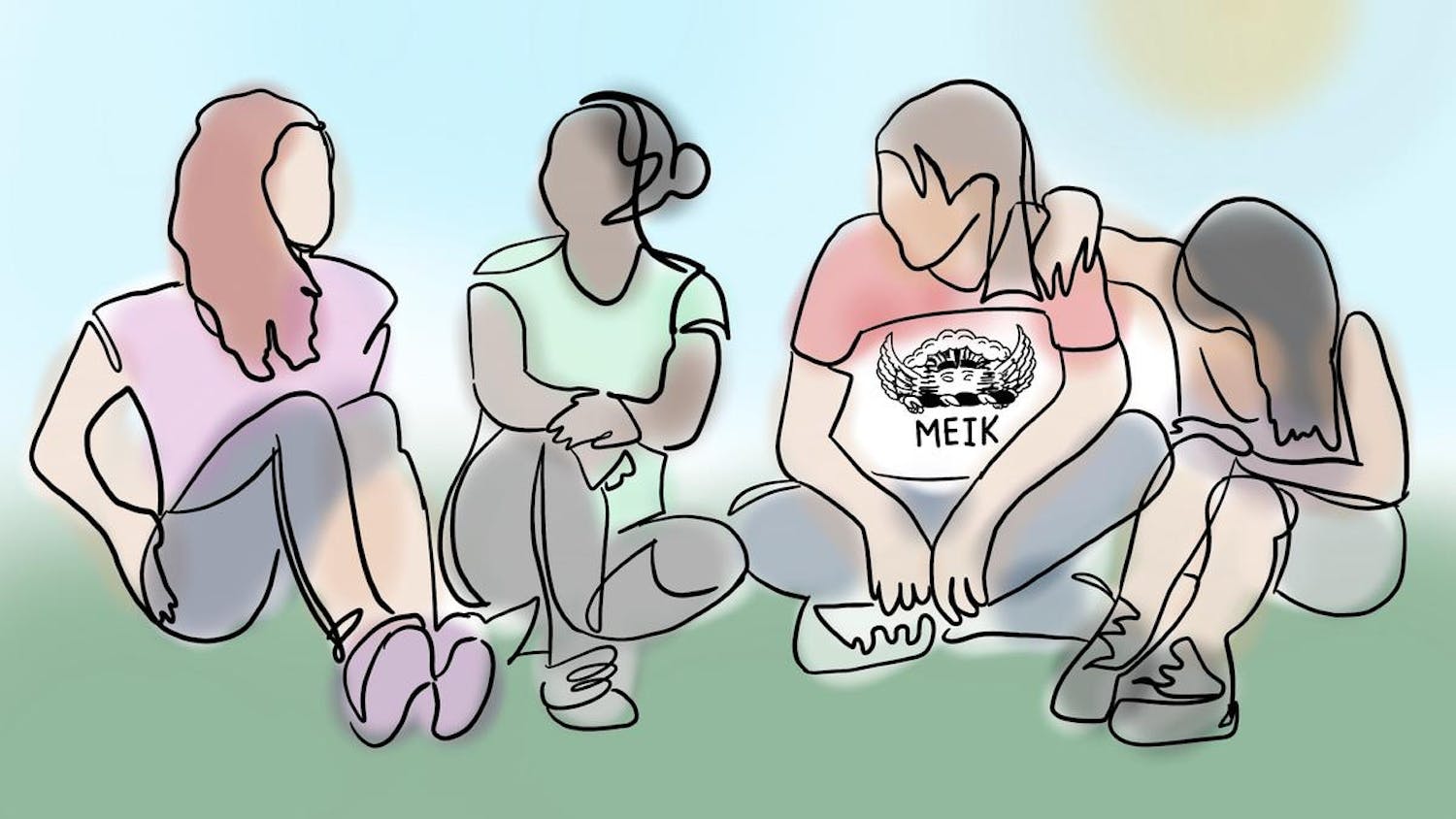The Andrew W. Mellon Foundation awarded the University’s Center for Slavery and Justice a $4.9 million grant to conduct the project “Reimaging New England Histories: Historical Injustice, Sovereignty and Freedom” in collaboration with Mystic Seaport Museum and Williams College, according to a recent University press release.
The project will use maritime history to explore the connections between colonialism and historical injustices, taking into account Native American dispossession and racial slavery in the New England region.
The grant, which will support the project across its three-year timeline, was awarded as part of the Mellon Foundation’s Just Futures Initiative, which will provide funding to 16 select institutions to address racial inequities in the form of ambitious projects, according to the initiative’s website. After submitting a grant proposal in summer 2020, the CSSJ was chosen as one of the winners in January 2021.
The University’s 2006 Slavery and Justice Report, which explored how the University’s activities contributed to and benefitted from the transatlantic slave trade, inspired the Center’s project, said Tony Bogues, professor of Africana Studies and director of the CSSJ.
Bogues said that after working on the report, he realized it was also important to think about the land upon which the University sits. “To investigate the formation of America, you also have to think about the dispossession of Indigenous populations,” he said.
The project will explore how to tell New England’s history by considering how the two historical processes of Native American dispossession and racial slavery occurred simultaneously, according to Bogues.
There are four major components to the project: an online “decolonial archive,” an exhibition at the Mystic Seaport Museum, an expanded curriculum centered on historical injustice in early America for students at both Brown and Williams and a new research cluster at the CSSJ, whose research will culminate in the creation of a catalog and book, Bogues said.
“If we understand the history and injustices, we have a better chance of thinking about the meaning of those injustices for today,” he said.
Maritime history will provide an avenue for this research, as both African American and Indigenous people used the sea as a resource, Bogues explained. The project will attempt to answer how various groups, including individuals who were enslaved, went to sea, what happened while at sea and how this impacted later events on land. “It’s about trying to see how maritime history related to secular colonialism and land,” he said.
Through answering these questions, Bogues hopes to tell a more nuanced and complete history that breaks down the flawed characterization of New England as a “city on the hill.” In order to present a counternarrative, the project will attempt to reveal the hard truths and injustices of racial slavery and Indigenous dispossession in colonial New England.
Christine DeLucia, assistant professor of history at Williams and co-writer of the grant proposal, said that this past summer’s focus on the Black Lives Matter movement reflected the urgency and need for this kind of work. “It’s about developing constructive long-term relationships with African American and Indigenous communities,” she said, in addition to “engaging really carefully with communities about what their own goals, desires and wants (are), while respecting their sovereignty and their autonomy with how their own histories are presented.”
Collaborations like the CSSJ’s partnership with Mystic Seaport Museum and Williams to conduct the research project “don’t happen every day,” DeLucia added. “It’s about public impact and creating spaces for conversations around these extremely difficult topics.”
Mystic Seaport Museum focuses on preserving maritime artifacts such as tools, documents, oral histories and more. Williams has an existing partnership with Mystic Seaport Museum that allows undergraduate students to attend a semester at sea to study “the literature, history, policy and science of the oceans and coasts of the United States,” according to the Mystic-Williams partnership website.
The Mystic-Williams partnership, in addition to continuing work at William’s Office for Diversity, Equity and Inclusion that confronts William’s history of being built on Indigenous land, makes these two institutions fitting partners for the project, Bogues explained.
The exhibition at Mystic Seaport Museum is planned for release in fall 2023 and will be focused on narrating a diverse collection of stories from communities in New England through maritime research, archeological findings, literature and oral histories, according to the news release.
Christina Brophy, Mystic Seaport Museum’s senior director of museum galleries and senior vice president of curatorial affairs, hopes the project will add to the diversity of the museum’s collections and community connections. “It’s an incredible opportunity to reimagine our narrative and broaden our scope of the conversation we have throughout this region,” she said.
Brophy also explained that maritime history can help tell important, never-before-told stories. “The sea is an integral part of all of those stories, as it was the great highway of the time,” she said. “The goal of this is to bring some of those stories and voices forward. I hope for the audience to question their assumptions, rethink and reimagine the stories they have grown up with and … feel like they are being authentically represented.”
Moreover, in creating the online decolonization archive, the project hopes to work with New England’s Black and Indigenous communities to collect oral histories of marginalized individuals who have experienced the effects of institutional racism and dispossession. This will happen through recorded community conversations, Bogues said.
The three partners will also curate a variety of learning opportunities for kindergarten through 12th grade students, undergraduates and graduate students in the form of internships, classes and programs for visiting fellows.
The project team is currently on week six of the three-year-long project. Next, Mystic Seaport Museum will hire curators to work on the exhibition and bring in experts in this particular area of study.
DeLucia hopes that audiences will see the connections between sea and land, and how they tie together historical processes of dispossession and slavery in the region. “It’s about framing the histories to emphasize how alive they are today,” she said.

ADVERTISEMENT




